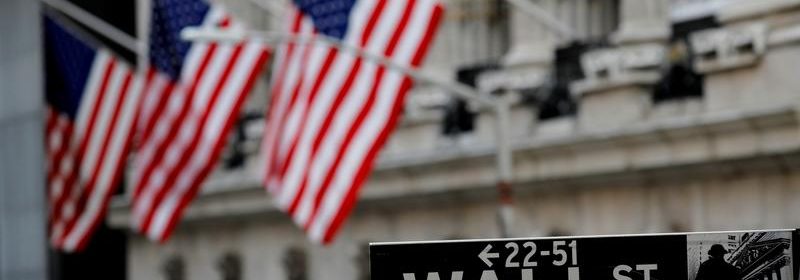Quarter-end rebalancing could present headwinds for Wall Street

NEW YORK (Reuters) – Part of the reason why U.S. stocks are struggling for a second straight week may be quarter- and month-end rebalancing by pension funds, which could also keep pressure on equities through the end of March next week.
With the S&P 500 up nearly 2% for the month and more than 3% for the quarter while bond prices have struggled, pushing the yield on the 10-year U.S. Treasury note to a 14-month high last week, many analysts expect money to shift into the fixed income segment.
But as the benchmark S&P index has struggled of late while pressure on bond prices has eased, with the yield on the 10-year U.S. Treasury hitting a one-week low on Thursday, Wells Fargo analysts now expect U.S. pensions to move an additional $19 billion into fixed income for rebalancing, down from their initial estimate on March 18 of $28 billion.
In a note on Wednesday, Credit Suisse estimated combined selling of $32.6 billion in U.S. equities from pension funds that rebalance on a monthly or quarterly basis. Using the iShares Core U.S. Aggregate Bond Fund ETF as a proxy, the firm anticipates about $45 billion to buy as funds boost their fixed-income exposure.
But not all analysts expect rebalancing to cause a downdraft on stock performance. Marko Kolanovic, J.P. Morgan’s chief global markets strategist believes recent trends in portfolio rebalancing have taken the bite out of the dreaded quarter-end rebalancing. These include tweaks to portfolios being more opportunistic rather than strictly at quarter-ends, and reallocations geared towards volatility levels rather than fixed target weights for particular asset classes.
“A lack of these flows, and broad anticipation of ‘month/quarter-end’ effect, could result in the market moving higher near term, all else equal,” Kolanovic said.
Each of the firms cautioned the actual timing of the rebalancing can vary, and in some cases may have already begun.
Source: Read Full Article
